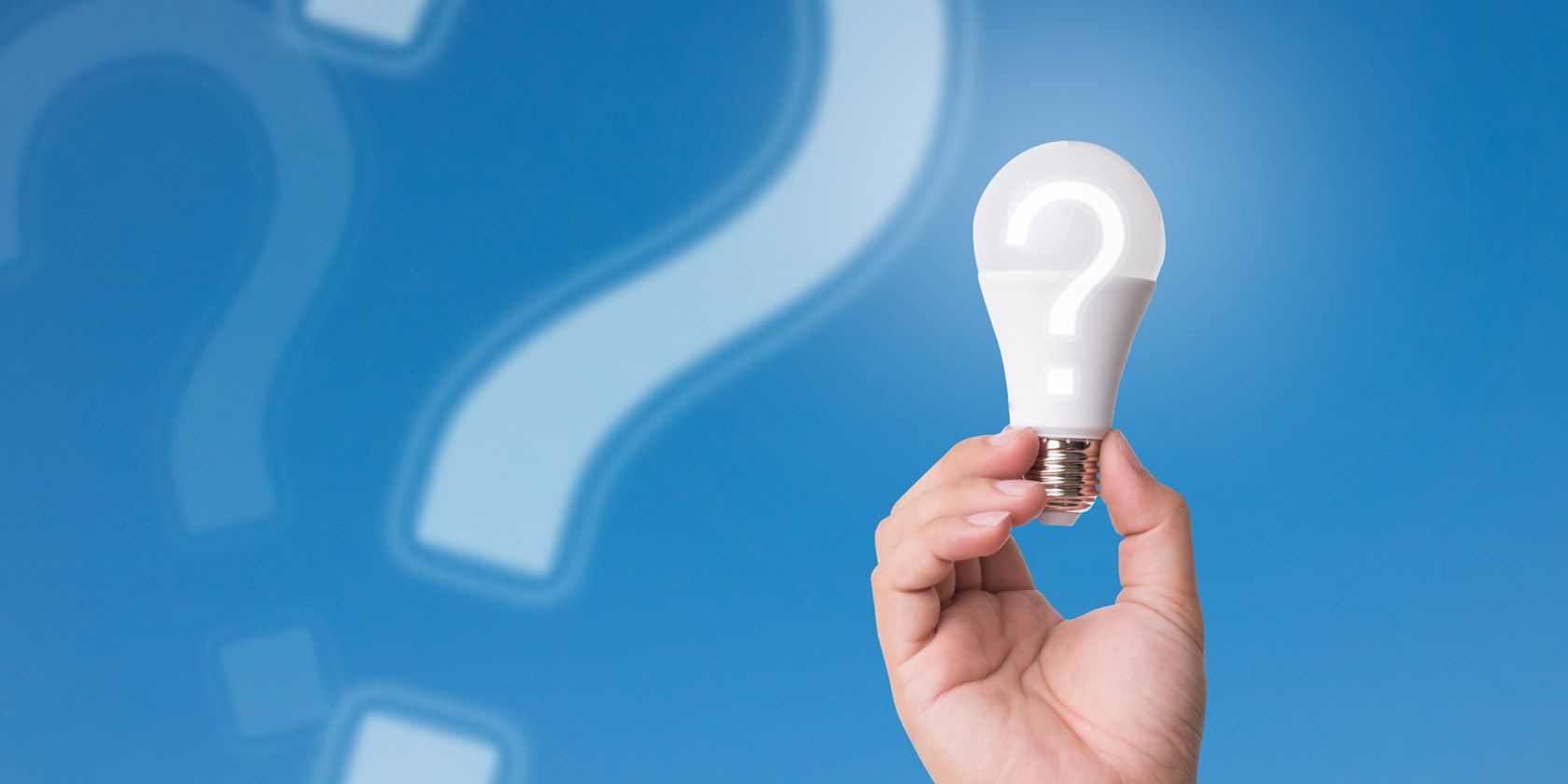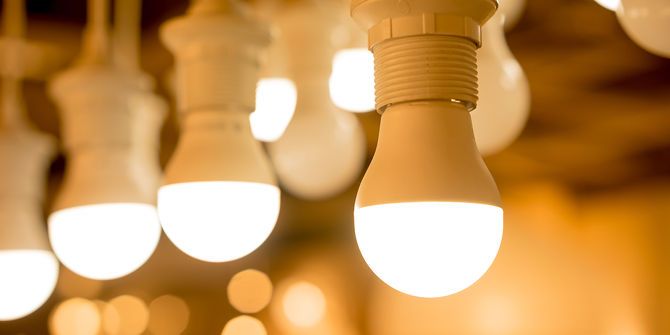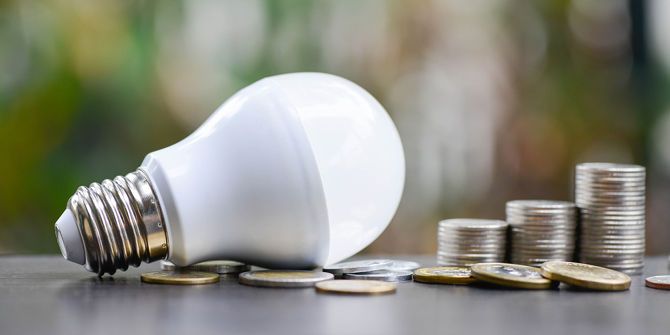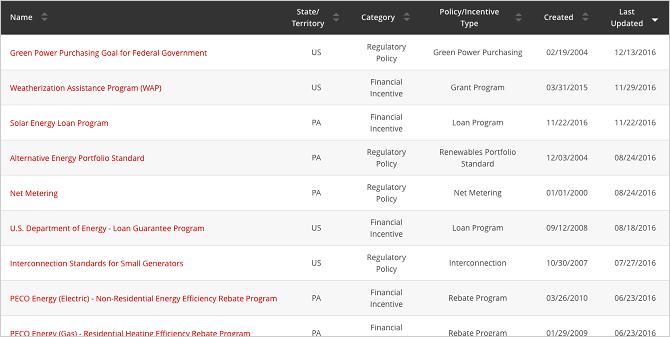If you're still using incandescent light bulbs to light your house in this day and age, you could be unnecessarily throwing a lot of money down the drain. Incandescent bulbs are wasteful -- most of the wattage is lost as heat rather than light, and the heat isn't an energy-efficient kind of heat.
So what are your alternatives?
Most people are now using compact fluorescent light bulbs (CFL), which are less wasteful with energy but come with their own drawbacks, such as the artificial feel of the light, the flickering effect that can sometimes happen, and the use of mercury (which is toxic and escapes when the bulb is broken).
Others have started using halogen lights because they are the most similar to incandescent bulbs: warm and bright. Unfortunately, halogen lights aren't that much more efficient than incandescents, so they won't reduce your energy footprint by as much as you'd hope.
But there's another option: the light-emitting diode bulb (LED), which has only just started to become popular within the last decade. Here's what you need to know before deciding if LED bulbs are right for you.
The Science Behind LED Bulbs
Incandescent bulbs run enough electricity through a wire to cause it to heat up and glow. CFL bulbs run electricity through a gas that generates ultraviolet light, and when that light hits the fluorescent coating of the bulb, it gives off visible light.
LED bulbs are fundamentally different in the way they produce light: they run electricity through a semiconductor material, called a diode, that emits light as long as an electrical current is passing through it.
The nice thing about this process is that most LED bulbs produce blue light, and blue light can be converted into other colors using phosphors. A phosphor is a material or chemical that absorbs one kind of light and gives off another kind of light. So when a blue-emitting LED is mixed with red and green phosphors, the resulting light can be almost any color.
In other words, older LED bulbs may have suffered from limitations of color and brightness in the past, but you don't need to worry about that now. Modern LED bulbs have come a long way and are more than good enough for everyday home use.
In fact, cutting-edge LED bulbs can do some amazing things like integrating with smart devices in your home. With a bit of creativity, these integrations can result in some impressive home lighting setups.
The Cost of Using LED Bulbs
There are two main considerations to take into account when looking at the cost of using LED bulbs versus other kinds of bulbs: the upfront cost and the lifetime cost.
The upfront cost is what you pay for the bulb itself. Or in other words, the per-bulb cost. Let's compare the prices of 60W-equivalent incandescent, CFL, halogen, and LED bulbs. To keep things consistent, I'm going to use Amazon:
- GE Incandescent 24-Pack is $20.41 ($0.85 per bulb) [CA].
- GE Fluorescent 8-Pack is $13.15 ($1.64 per bulb) [CA].
- GE Halogen 2-Pack is $7.97 ($3.99 per bulb) [CA [Broken URL Removed]].
- GE LED 4-Pack is $14.64 ($3.66 per bulb).
As you can see, LED bulbs are significantly more expensive per bulb than the more common incandescent and fluorescent types, yet still slightly cheaper than the not-as-efficient halogen type.
In a studio apartment with ten bulbs, you'd spend about $8.50 for incandescents or $36.60 for LEDs -- not an insignificant difference at all. And it becomes even more pronounced for those of you living in multi-room apartments, condos, or single-family houses. LEDs definitely lose here.
What about the lifetime cost? Or as I like to think of it, how much will it cost me to run these bulbs for one year? How long would it take for the lifetime cost of an LED bulb to make up for the gap in upfront cost? To make those calculations, here's what we need to know:
- Most 60W-equivalent LED bulbs only require about 10W of energy.
- Assume the average household has around 30 light bulbs.
- Assume these bulbs are active around 10 hours per day.
- The average cost of electricity in the US is $0.125 per kWh.
For incandescent bulbs: 60W per bulb x 30 bulbs x 8 hours per day x 365 days per year = 5,256 kWh. Multiply that by $0.125 per kWh and you spend $657 for the year.
For LED bulbs: 10W per bulb x 30 bulbs x 8 hours per day x 365 days per year = 876 kWh. Multiply that by $0.125 per kWh and you spend $109.50 for the year.
So by using LED bulbs instead of incandescent bulbs in this particular situation, you would end up saving $547.50 over the course of one year. The difference between 30 incandescent bulbs ($25.50) and 30 LED bulbs ($109.80) would be $84.30. In just one year, you've covered the upfront cost of the LED bulbs and started saving! It's just one of many examples where the upfront cost is well worth it.
One more note about cost: you may be eligible for government incentives that save you even more money with LED bulbs. In the US, you can use the DSIRE website to find and track all kinds of energy-related rebates, programs, policies, and incentives.
These benefits are available at the state level and the federal level, so you'll need to enter your zip code to see which ones apply to you.
Other Things to Know About LED Bulbs
Despite the huge potential in cost savings, there are a few other pros and cons to consider before diving in and converting your household to LED bulbs.
- LED bulbs last much longer. Whereas incandescent bulbs have an average lifespan of 1,000 hours and CFL bulbs have an average lifespan of 25,000 hours, LED bulbs have an average lifespan of 50,000 hours. This further offsets the upfront cost because you buy fewer of them over your lifetime.
- Different kinds of white. When an LED bulb is labelled as "soft white" or "warm white", it's going to produce a warm yellowish color similar to incandescent bulbs. When it's labelled as "bright white", it'll give off a color that's much closer to the white you'd expect.
- Brightness is determined by lumens, not wattage! A lumen is a standard unit that measures how much light is given off by a source. Two LED bulbs of the same wattage may give off different amounts of light. There is no direct correlation between lumens and watts, so don't even bother.
- Variable consistency and quality between brands. LED bulbs aren't well regulated, which means a lack of strong quality standards. Even two bulbs with the same wattage, lumen rating, and color rating can be noticeably different. If this bothers you, make sure you stick to the same brand and type of bulbs throughout your house.
- LED bulbs are instant and more robust. Have you ever noticed how CFL bulbs are dim in the winter and need time to warm up to full brightness? And have you seen how some CFL bulbs have a delay or some initial flickering before they fully turn on? LED bulbs have neither of those problems.
Despite the potential drawbacks, I'm convinced that LED bulbs are better than both incandescent and CFL bulbs, at least when it comes to residential use. They're cheaper in the long run, they're more environmentally friendly, and they don't have the risks or downsides of CFLs.
If you want to save even more energy, upgrade to a smart thermostat. You could also consider buying smart LED bulbs, which can improve your home's safety and security.
The one big reason not to use LED bulbs would be when you need a lot of intense brightness for long periods of time, such as when filming. In that case, LEDs won't suffice (and you probably won't be able to find LED lighting equipment anyway).
What kind of bulbs do you use in your home? Are you going to switch to LEDs now? If not, why not? Share your thoughts and experiences with us down in the comments!
Image Credits: John99/Shutterstock




